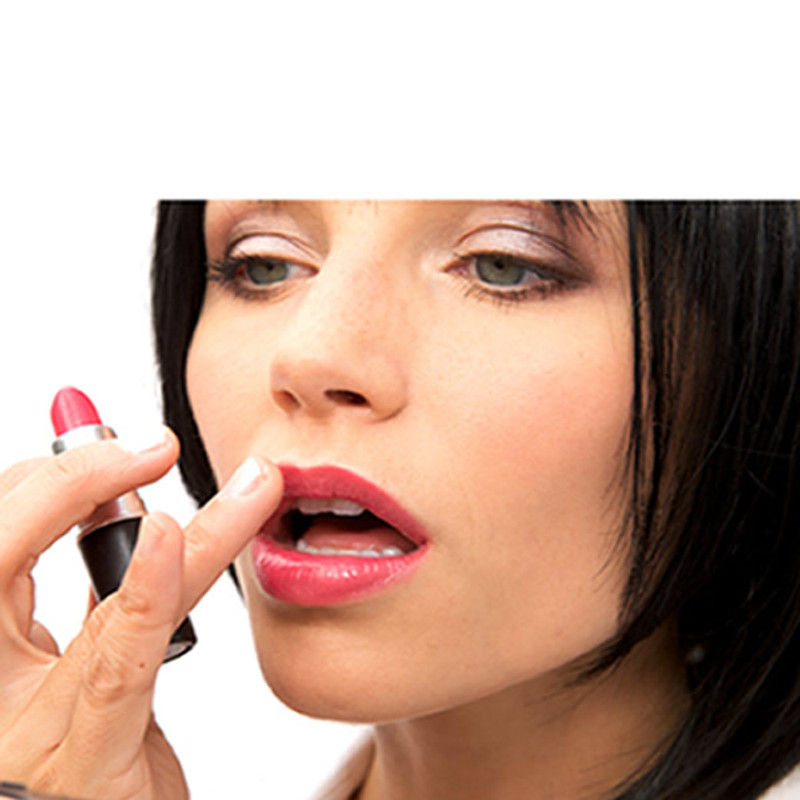It has been estimated that one woman can ingest up to 4 pounds of lipstick in a lifetime. Just think about sitting down at a restaurant and making a selection of your lipstick. If we are what we eat, it would be wise to take a look at the ingredients in lipsticks. Many contain synthetic dyes derived from aluminum (“Lakes colors”) and coal tar. These colorants can be absorbed into our bodies and stored in our organs and fatty tissues. For the sensitive individual, the use of coal tar colors is said to cause such symptoms as nausea, headaches, skin problems, fatigue, mood swings, or other allergic symptoms. Coal tar is a mixture of many chemicals, derived from petroleum and is recognized as a human carcinogen and the main concern with individual coal tar colors is their potential to cause cancer(1). As well, these colors may be contaminated with low levels of heavy metals and some are combined with aluminum substrate. Aluminum compounds and many heavy metals are toxic to the brain.Some colors are not approved as food additives, yet they are used in cosmetics that may be ingested, like lipstick. The color naming system, "FD&C" indicates those colors which are approved by the U.S.Food and Drug Administration for use in foods, drugs, and cosmetics. "D&C" colors are not approved for use in food.
Certain types of artificial dyes, lanolin, and added fragrances in lipstick can cause drying and cracking of the lips. A condition called cheilitis, dermatitis of the lips, can occur due to an allergic reaction to lip products since the skin of the lips is quite thin. The preservatives BHT and BHA which are commonly used preservatives in lipsticks have been linked to toxicity and cancer according to numerous studies(2).
The cosmetic industry will not tell you that some of the ingredients used in its products are health hazards. But this is no reason to be uninformed. No one wants to be at risk for allergic reactions, irritations, dermatitis, and cancer. Products from lipsticks are going to be absorbed into your body as you moisten your lips throughout the day, and especially when you eat. The bottom line is to pay attention to what the ingredients are on any cosmetic label. Buy those of a natural origin. If there is one cosmetic that a woman should switch to a natural version of, lipstick would be it!
Avoid Lipsticks That Contain:
-Petroleum-based emollients, such as mineral oil and petrolatum.
-Artificial scents, which are usually listed on the ingredients label as “fragrance”, “natural fragrance” or “parfum”.
-Synthetic and petroleum-based waxes that give lipstick its shape. Common waxes to avoid include paraffin and ozokerite.
-Synthetic preservatives such as BHA, BHT and parabens.
-Artificial dyes. In the US these dyes are listed on the label beginning with FD&C or D&C, or the color name followed by a number. For example: D&C Red 21 or just Red 21.
-Avoid mineral ingredients that have been “micronized” into nano-particles.
References:
1. International Agency for Research on Cancer (IARC) (1987). Overall evaluations of carcinogenicity. IARC Monographs on the evaluation of carcinogenic risks to humans. Suppl 7
2.http://www.safecosmetics.org/get-the-facts/chemicals-of-concern/butylated-compounds/

